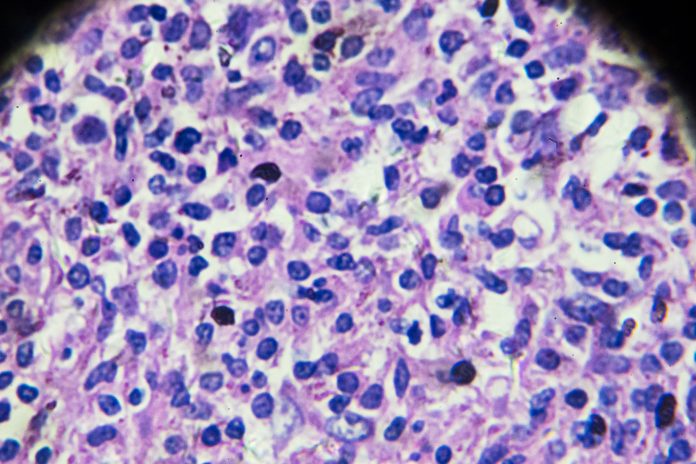
The field of microRNA (miRNA) took a step forward when NeuroSense announced promising new findings from its Phase II trial of its PrimeC in amyotrophic lateral sclerosis (ALS). The trial not only reinforced the drug’s potential but shed more light on how miRNA-based therapeutics work.
The data “reveal the consistent effect of PrimeC on altering the expression of miRNAs associated with ALS, reinforcing its potential role in addressing key pathological processes in ALS and underscoring its potential as a transformative, multi-targeted therapeutic,” the company reported.
The trial findings align with previously reported clinical benefits, including the 33% reduction in disease progression and 58% improvement in survival rates observed with PrimeC treatment.
“We are excited by these results from the PARADIGM trial, which provide further compelling support of PrimeC’s potential to modify disease progression in people living with ALS,” said Alon Ben-Noon, CEO of NeuroSense Therapeutics. “The ability of PrimeC to affect miRNA expression and the underlying disease pathways not only validates our approach but positions PrimeC as a promising therapeutic candidate for ALS.”
One of the key findings was a profound and consistent downregulation of 161 mature miRNAs across all time points. In contrast, no significant changes were detected in the placebo arm. This finding reinforPrimeC’s targeted biological activity and potential for disease modification.
PrimeC treatment led to the significant downregulation of ALS-related miRNAs, including miR-199 and miR-181, both of which are associated with ALS disease progression and survival. Notably, both miR-199 and miR-181 are upregulated in ALS. miR-199 is associated with neuroinflammation and reduced neuronal survival, while miR-181 correlates with a higher risk of mortality. This downregulation of both miRNAs in patients corresponds with the already reported improvement in clinical function.
This research, conducted in collaboration with Noam Shomron, PhD, professor, Tel Aviv University Faculty of Medical and Health Sciences, was presented this week by Jeffrey Rosenfeld, MD, PhD, professor of neurology and associate chairman of neurology at Loma Linda University School of Medicine, during a Late Breaker session at this year’s Annual American Academy of Neurology Meeting, in San Diego.
“What stood out to us was the consistent modulation of key miRNAs closely associated with ALS biology,” said Shomron. “Observing these changes as part of a rigorous and well-controlled analysis was particularly compelling. It speaks to the potential of PrimeC to directly influence key molecular mechanisms in ALS, in a manner that is both data-driven and unbiased.”
ALS is an incurable neurodegenerative disease that causes complete paralysis and death within 2–5 years from diagnosis. Every year, more than 5,000 people are diagnosed with the condition in the United States alone.
PrimeC is NeuroSense’s lead drug candidate. It is a novel extended-release oral formulation composed of a unique fixed-dose combination of two FDA-approved drugs: ciprofloxacin and celecoxib. It is designed to synergistically target several key mechanisms of ALS that contribute to motor neuron degeneration, inflammation, iron accumulation, and impaired ribonucleic acid (RNA) regulation to potentially inhibit the progression of ALS.









![Best Weight Loss Supplements [2022-23] New Reports!](https://technologytangle.com/wp-content/uploads/2022/12/p1-1170962-1670840878.png)




